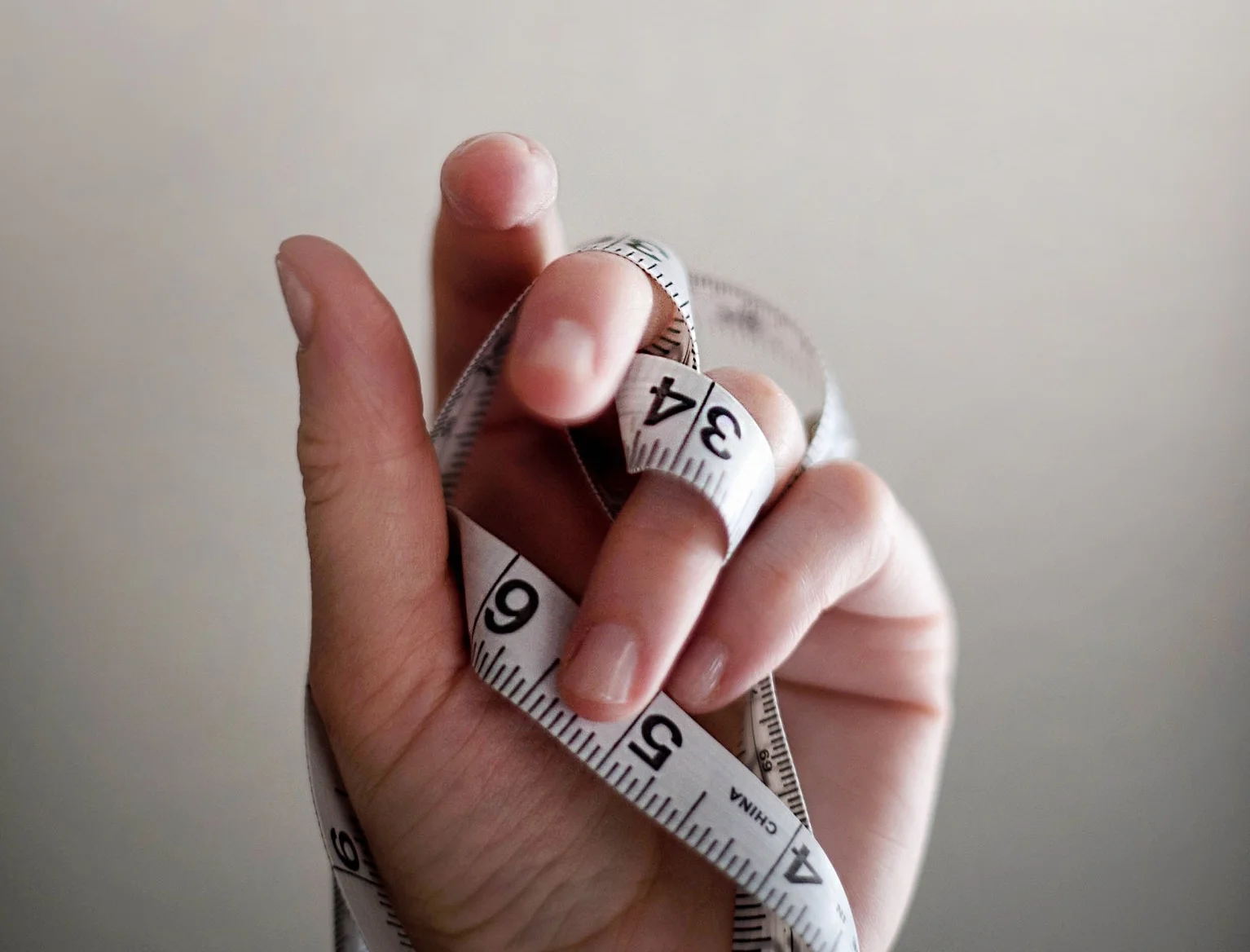There's A Record Number Of Women Serving In The US Senate Now, But How Does That Compare In The Bigger Picture?
Following Al Franken's resignation after allegations of sexual misconduct emerged, Senator Tina Smith stepped in and took his place. Sworn in by Vice President Mike Pence on Tuesday, the Democrat broke the record for the number of women serving in the US Senate at one time, taking figures up to 22. Combined with the amount of women that have stepped forward to run for Senate and other parliamentary positions since Trump's arrival at the White House, it looks like the future is female when it comes to American politics.
The 22 female Senators consist of 17 Democratic Senators and five Republicans, and the previous record was broken back in January 2017 when the number of female Senators increased from 20 to 21. The surge in female interest in politics may or may not correspond with the goings on in the political world entirely, but it's definitely suggested by the statistics. Up until 1993, only 25 years ago (which seems a long time until you remember that the American government was formed back in 1789), there had never been more than two female Senators serving at one time. The figures hit double digits in 2001, and has been slowly increasing ever since.
Whilst this is great, because it's about time women get a seat at the political table, the progress still isn't all that rosey when you look at it in the grand scheme of things. 22 women in the US Senate may be a record-breaking number, but that constitutes for less than 20% of all of the seats available in the House and Senate (there are 535), according to the Rutgers University Centre for American Women and Politics.
In the UK, the numbers are a little higher, with 32% of MPs in the House of Commons being women (there are 208 female MPs as of the 2017 election, which beat the previous record of 191). Even still, with 650 seats in Commons and a woman running the country, we can only be hopeful for progress. Globally, the average percentage of seats held by women across the world's parliaments are 24%, meaning that over three-quarters of the world's governments are still run by men. There currently only stand two countries with known parliaments with a female majority: Rwanda and Bolivia.
Here's hoping, come the next elections and by-elections, we see more women being able to get their feet in the door in parliaments the world over.








